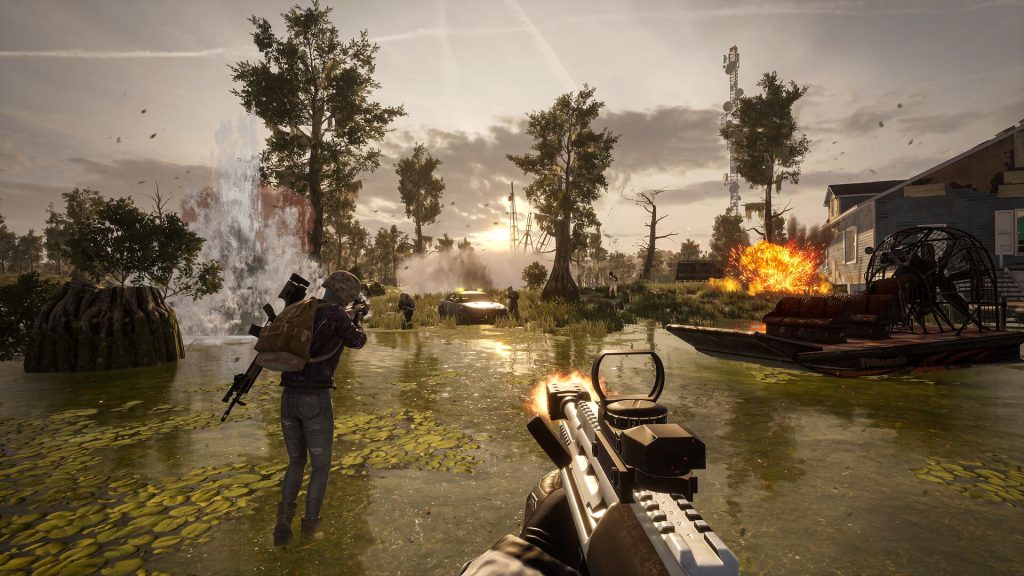Ever wish your designs could look sharp on a tiny business card and a massive billboard—without any pixelation or blur? That’s the magic of scalable vector files! But to really tap into their power, you’ve gotta know what makes them tick. Let’s dive in and unlock their secrets together.
What Exactly Are Scalable Vector Files?
In simple terms, vector files (like SVGs) use math to draw shapes, lines, and curves—instead of building images out of little colored dots (pixels). The result? Graphics that stay crisp and clean, no matter how huge or tiny you make them. To learn more about the details, check out what is a vector file.
Why does that matter?
– No more blurry logos!
– Effortless resizing for any project
– Perfect for both web AND print
– Your designs look professional everywhere
Pro Tip:
If you’re designing a logo or icon you might use all over the place, always start with a vector format. You’ll thank yourself later!
Popular Vector File Formats (And When to Use Them)
There isn’t just one type of vector file. Here are a few you’ll bump into all the time:
SVG (Scalable Vector Graphics)
– Best for: Web images, icons, simple animations
– Why: Super lightweight, supported by all modern browsers, easy to edit
EPS (Encapsulated PostScript)
– Best for: Print projects, hi-res logos, professional publishing
– Why: Handles complex artwork, plays nice with most design software
AI (Adobe Illustrator)
– Best for: Editing in Adobe products, design work-in-progress
– Why: Keeps layers, effects, and all the bells & whistles intact
Heads up:
SVGs rock for digital projects, but if you send one to a print shop, they might ask for an EPS or PDF instead.
Why Use Vectors Instead of Raster Images?
Raster images (think JPG, PNG) are made of pixels. Vectors are made of math. Here’s why vectors come out on top in lots of situations:
– Scalability: No matter the size, your artwork stays sharp—no fuzzy edges, ever.
– Editability: Change colors, tweak shapes, and update text without starting from scratch.
– Tiny File Size: Vectors are usually WAY smaller than high-res rasters.
– Versatility: Use one file for everything—from stickers to websites to billboards.
Quick Comparison:
| Feature | Vector (SVG, EPS) | Raster (JPG, PNG) |
| Scalable | Yes | No (gets blurry) |
| Editable | Super easy | Hard (or impossible) |
| File size | Small | Can be huge |
How Do You Actually Make and Edit Vector Files?
Don’t worry, you don’t need to be a math whiz! Most vector editing is done with user-friendly tools. Here’s how to get started:
Popular Vector Software:
– Adobe Illustrator: Industry standard, tons of features
– Inkscape: Free and open source, great for beginners
– CorelDRAW: Another pro favorite
– Browser-based editors: Vectr, Gravit Designer, and more
Handy Tips:
– Layers are your friend: Keep things organized for easy edits.
– Use the pen and node tools: These help you create smooth curves and clean shapes.
– Save backups: Always keep a “master” file before exporting.
Best Practices for Saving & Exporting
Want your vectors to look perfect everywhere? Here’s what to do:
– Pick the right format: SVG for web, EPS/PDF for print, AI for editing.
– Check your settings: Export at the right size and make sure “preserve editability” is on if you’ll need to tweak later.
– Compress carefully: Don’t go overboard—keep quality high!
Pro Tip:
Always save an uncompressed, editable version of your file before exporting for a client or printer.
Optimize for Web and Print Like a Pro
A few quick tweaks can make your vector files faster to load and easier to print:
For the Web:
– Simplify paths: Fewer nodes = smaller files and quicker loads.
– Use SVG: It’s built for browsers.
– Minimize code: Clean up unnecessary stuff before uploading.
For Print:
– EPS or PDF: These formats handle colors and details best.
– Check colors: Use CMYK for print, RGB for web.
Common Vector File Problems (And How to Fix Them)
Even pros run into hiccups! Here are a few issues and easy fixes:
– Jagged edges?
Check anti-aliasing and export settings.
– Colors look weird?
Double-check your color profiles (CMYK for print, RGB for web).
– Can’t open a file?
Make sure you’re using compatible software and the right file type.
– File won’t scale cleanly?
Simplify complex paths and check for stray points.
What’s Next for Vector Graphics?
The design world is always changing! Here’s what’s coming up:
– AI tools: Smart features will help automate tedious tasks.
– Interactive SVGs: More animation and interactivity for web graphics.
– Even better cross-platform support: Easier than ever to use vectors anywhere.
Ready to Level Up Your Designs?
By understanding how scalable vector files work—and picking the right format for each job—you’ll save yourself mountains of headaches. Plus, your designs will look sharp and professional everywhere they go.





